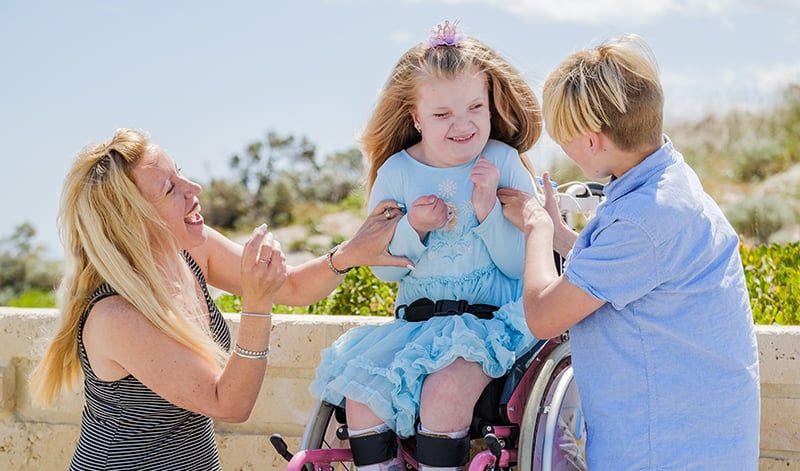Search
Showing results for "1"
Research
Amped Out: An Energy Drink StudyThe Kids Research Institute Australia is conducting a research study to evaluate a 4-month trial ban on the sale of energy drinks to children in all retail stores in Bridgetown.

News & Events
Importance of boredomIn this blog, Clinical Psychologist and Clinical Lead (Psychology) Dr Mei’en Lim offers families — both parents and children — advice on how to embrace boredom.

Create happy, healthy futures for generations of children
Research
Longitudinal effects of dog ownership, dog acquisition, and dog loss on children’s movement behaviours: findings from the PLAYCE cohort studyRegular physical activity is important for children's physical and mental health, yet many children do not achieve recommended amounts of physical activity. Dog ownership has been associated with increased physical activity in children, however, there have been no longitudinal studies examining this relationship.
Research
Airway management in neonates and infants: European Society of Anaesthesiology and Intensive Care and British Journal of Anaesthesia joint guidelinesAirway management is required during general anaesthesia and is essential for life-threatening conditions such as cardiopulmonary resuscitation. Evidence from recent trials indicates a high incidence of critical events during airway management, especially in neonates or infants. It is important to define the optimal techniques and strategies for airway management in these groups.
Research
Exploiting temporal aspects of cancer immunotherapyMany mechanisms underlying an effective immunotherapy-induced antitumour response are transient and critically time dependent. This is equally true for several immunological events in the tumour microenvironment induced by other cancer treatments. Immune checkpoint therapy (ICT) has proven to be very effective in the treatment of some cancers, but unfortunately, with many cancer types, most patients do not experience a benefit.
Research
Jelly snakes to reduce early postoperative vomiting in children after adenotonsillectomy: The randomized controlled snakes trialDespite the use of dual antiemetic agents, postoperative nausea and vomiting (PONV) occurs in an unacceptably large number of patients post-tonsillectomy. There has been increased interest in alternative and non-pharmacological treatments for PONV e.g., chewing gum. We investigated if chewing a large confectionary jelly snake had prophylactic antiemetic effects postoperatively in young children.
Research
A newborn's perspective on immune responses to foodIn this review, we will highlight infants' immune responses to food, emphasizing the unique aspects of early-life immunity and the critical role of breast milk as a food dedicated to infants. Infants are susceptible to inflammatory responses rather than immune tolerance at the mucosal and skin barriers, necessitating strategies to promote oral tolerance that consider this susceptibility.
Research
Early childhood educator outcomes from online professional development for physical literacy: A randomised controlled trialEarly childhood is recognised as a critical window of opportunity for physical literacy development, however early childhood educators typically lack the training required to effectively provide appropriate physical literacy opportunities for children.

News & Events
What’s in a name?In WA, 60,000 kids live with a rare disease, and of those about half do not have a diagnosis. At The Kids, researchers are leading the charge in developing a method to identify genetic variations, so that kids like Charlotte can get answers.
